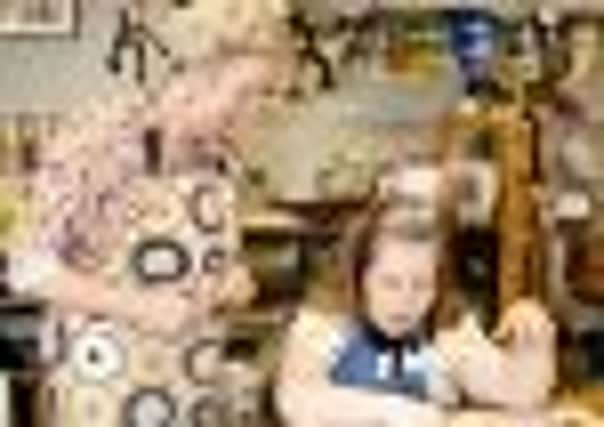Blindness is no barrier to children’s creativity


For pupils at the Royal Blind School, however, the annual Christmas card competition has a far more important part to play.
Sales of the cards not only help bring in vital funds for Royal Blind, the charity which funds the school, but also help demonstrate that being blind or visually impaired is no barrier to creating a stunning work of art.
Advertisement
Hide AdAdvertisement
Hide AdArt is one of the core subjects taught at the school run by charity Royal Blind – the organisation chosen for this year’s Evening News Christmas Appeal.
The campaign is aiming to raise as much as possible to help provide vital equipment and funding for the many services the charity provides.
Teacher Margaret Simpson admits that the question of what her students get from the subject is one which has been asked all too frequently in her near two decades at the school.
The 60-year-old teaches about 65 students split across the Craigmillar Park and Canaan Lane campuses, ranging in age from 10 to 18.
Advertisement
Hide AdAdvertisement
Hide AdMrs Simpson said students took a great deal away from art despite often not being able to see their own creations. Tactile substances like clay and papier mache are often chosen as the source material, with Mrs Simpson describing it as a learning process.
She said: “Young blind and visually impaired people are often not given the same artistic opportunities as their sighted peers.
“It is important to develop the capacity to invent, create, interpret and evaluate through art. Some pupils with a visual impairment may have incomplete concepts of the environment they inhabit and exploration through art, and the discussion it engenders can help them understand more about their world.”
Teaching things like perspective is amongst the greatest challenges.
Advertisement
Hide AdAdvertisement
Hide Ad“If you can’t see, you don’t necessarily know that things further away get smaller,” Mrs Simpson said.
The school’s annual Christmas Card competition has been running since 1996. Each student comes up with their own card design in class, with the reproductions sold in packs and proceeds going to Royal Blind. Past artworks have twice won the Edinburgh Fringe poster competition.
Mrs Simpson finds herself coming back to two students whose creativeness despite their disabilities has stuck with her.
She recalled: “We had a girl here who had lost the pathways to her brain and had no vision. Her drawings were like the drawings of a three-year-old and she didn’t know up or down.
Advertisement
Hide AdAdvertisement
Hide Ad“She couldn’t recognise you until you spoke, but she could see and she could tell colours very well. When she was given clay, her clay head was the most expressive piece of artwork I’ve ever seen. It was just phenomenal.”
One young male student equally defied Mrs Simpson’s early expectations during her first year at the school, having been asked to create a mosaic Christmas card.
She said: “He was entirely blind, but he was in a class with some pupils with sight. We kept saying ‘make sure that it’s colour side up’.
“At the end of the lesson I looked at his card and thought ‘how has he done this?’ There were none the wrong way up. It was because he could feel the difference between the rough side of the card and the shiny side that was printed.”